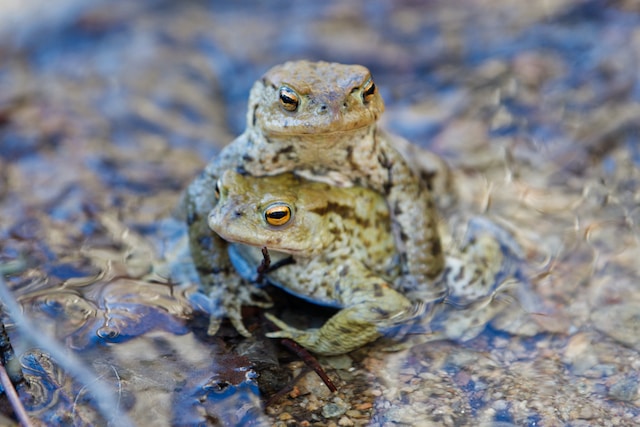
Why Some Species Have Become Extinct
The phenomenon of extinction has long fascinated and troubled scientists, environmentalists, and nature enthusiasts alike. It’s a complex issue that involves the delicate interplay of various factors, both natural and human-induced. In this article, we embark on a journey to understand why some species have become extinct, unravelling the mysteries of the disappearance of life forms from our planet.
Top Reasons Why Some Animals Have Become Extinct
1. The Natural Course of Extinction
Every species on Earth has a natural lifespan, determined by a combination of genetic factors, ecological niches, and competition with other species. In the grand tapestry of life, species emerge, thrive, adapt, and eventually decline and disappear. This natural process is driven by mechanisms like natural selection, which favours traits that enhance survival and reproduction.
2. Mass Extinctions in Earth’s History
Earth’s history is marked by five major mass extinctions, each wiping out a significant portion of the planet’s biodiversity. These cataclysmic events were caused by factors such as asteroid impacts, volcanic eruptions, and abrupt climate changes. The most famous of these extinctions is the Cretaceous-Paleogene event, which led to the demise of the dinosaurs.
3. Human Impact on Species
While the natural course of extinction has been ongoing for millions of years, the emergence of Homo sapiens has significantly accelerated the extinction rate. Human activities, from habitat destruction to overhunting, have taken a toll on countless species. The impact of human actions has led to what many scientists now call the “sixth mass extinction.”

4. Habitat Destruction
The rampant deforestation, urbanization, and pollution caused by human activities have irreversibly altered the habitats of countless species. When a species’ habitat is destroyed or fragmented, its ability to find food, reproduce, and thrive is severely compromised.
5. Overhunting and Poaching
The unchecked hunting and poaching of animals for various purposes, from food and clothing to the illegal wildlife trade, have driven many species to the brink of extinction. Iconic creatures like the rhinoceros and tiger are now critically endangered due to relentless hunting.
6. Invasive Species
Introducing non-native species into ecosystems can have disastrous consequences. Invasive species often outcompete native ones for resources, disrupt food chains, and even drive native species to extinction. The brown tree snake’s introduction to Guam is a tragic example of this.
7. Climate Change
Climate change, largely fueled by human activities, poses a growing threat to many species. As temperatures rise and weather patterns become unpredictable, numerous species find it challenging to adapt. Coral reefs, for instance, are struggling to survive in warming oceans.
Conservation Efforts
The importance of conservation and preservation cannot be overstated. Organizations, governments, and individuals worldwide are working tirelessly to protect endangered species, conserve vital habitats, and reintroduce species to the wild. Success stories like the California condor’s recovery highlight the positive impact of such efforts.
Conclusion
Extinction is a natural part of Earth’s history, but the current rate of species loss is alarming. Understanding why some species have become extinct is crucial in our quest to protect and conserve the rich tapestry of life on our planet. By addressing the complex web of factors that drive extinctions and taking concerted action, we can strive to create a more sustainable and harmonious future for all species, including our own.
